In the evolving landscape of information security, compliance remains a cornerstone. Traditionally, organisations have adhered to a periodic compliance model, conducting thorough audits at defined intervals. However, the dynamic nature of today’s cyber threats and regulatory requirements calls for a more proactive and continuous approach.
This article delves into the nuances of traditional and continuous compliance, highlighting why the latter is becoming indispensable.
Difference Between Traditional and Continuous Compliance
Aspect | Traditional Compliance Approach | Continuous Compliance |
Audit Frequency | Periodic (annually or biannually) | Ongoing, real-time |
Compliance Status | Snapshot in time | Continuous |
Resource Intensity | High, resource-intensive audits | Lower, automated monitoring |
Risk Management | Reactive | Proactive |
Adaptability | Slow to adapt to regulatory changes | Quick adaptation through automation |
Operational Disruption | Significant during audit preparation | Minimal |
Cost | High due to manual processes | Lower due to automation |
Threat Detection | Delayed, post-audit identification | Immediate, real-time detection |
Technology Integration | Limited, often manual processes | Extensive, leveraging advanced tools |
Employee Involvement | High, intensive involvement during audits | Moderate, ongoing engagement |
Compliance Culture | Periodic focus around audits | Continuous, ingrained in daily operations |
Regulatory Changes | Updates implemented at audit intervals | Continuous updates through automated systems |
Continuous Compliance: A Modern Solution
- Real-Time Monitoring: Continuous compliance, as the name suggests, involves ongoing monitoring and assessment of an organisation’s compliance status. This approach leverages advanced technologies, such as automated monitoring tools, to ensure that compliance is maintained in real-time. organisations can promptly identify and address any deviations by continuously tracking compliance metrics.
- Proactive Risk Management: Unlike traditional compliance, continuous compliance emphasises proactive risk management. Organisations can detect and mitigate potential threats before they escalate into significant issues. This proactive stance not only enhances security but also builds trust with stakeholders, including customers and regulators.
- Adaptive to Change: The regulatory landscape is constantly evolving, with new laws and standards emerging regularly. Compliance enables organisations to adapt swiftly to these changes. Automated systems can be updated to reflect new requirements, ensuring that compliance is maintained without the need for extensive manual intervention.
- Efficiency and Cost-Effectiveness: Compliance can lead to significant cost savings. Automated monitoring reduces the need for frequent manual audits, freeing up resources that can be allocated to other critical areas. Additionally, by preventing breaches and non-compliance issues, organisations can avoid hefty fines and reputational damage.
Implementing Continuous Compliance
- Leveraging Technology: The successful implementation of compliance relies heavily on technology. Organisations need to invest in tools that provide real-time visibility into their compliance status. These tools should integrate seamlessly with existing systems and provide actionable insights through intuitive dashboards.
- Establishing a Compliance Culture: For compliance to be effective, it must be ingrained in the organisational culture. This requires a shift in mindset from viewing compliance as a periodic task to seeing it as an ongoing responsibility. Training programs and awareness campaigns can help employees understand the importance of continuous compliance and their role in maintaining it.
- Regular Reviews and Updates: While continuous compliance reduces the need for periodic audits, regular reviews and updates remain essential. organisations should periodically assess their compliance processes and technologies to ensure they remain effective. This may involve conducting mock audits or engaging third-party experts to provide an external perspective.
Case Studies: The Impact of Continuous Compliance
- Financial Sector: The financial sector, with its stringent regulatory requirements, has been a frontrunner in adopting continuous compliance. Major banks and financial institutions use automated systems to monitor transactions and ensure compliance with anti-money laundering (AML) and know-your-customer (KYC) regulations. This continuous monitoring has significantly reduced instances of fraud and non-compliance.
- Healthcare Industry: In the healthcare industry, continuous compliance plays a critical role in safeguarding patient data. Healthcare providers use real-time monitoring tools to ensure compliance with the Health Insurance Portability and Accountability Act (HIPAA). These tools help identify vulnerabilities and prevent data breaches, thereby protecting patient privacy and maintaining trust.
- Technology Companies: Technology companies, particularly those involved in cloud services, face unique compliance challenges. Continuous compliance solutions enable these companies to monitor their infrastructure and applications continuously, ensuring they meet various regulatory requirements such as the General Data Protection Regulation (GDPR) and the California Consumer Privacy Act (CCPA). This proactive approach helps maintain data security and compliance, fostering customer confidence.
Conclusion
The shift from traditional compliance to continuous compliance represents a significant evolution in how organisations approach security and regulatory adherence. Cy5 helps with continuous compliance by providing real-time monitoring and compliance packages that streamline the compliance process. Their platform, designed for cloud environments, enables instant discovery and continuous assessment of security posture through over 500 checks. Cy5 offers prebuilt packages for various compliance standards, allowing organisations to prove compliance quickly and efficiently. The platform integrates seamlessly with public cloud deployments, ensuring comprehensive coverage and automated monitoring to maintain compliance continuously. Detect issues and threat!!

